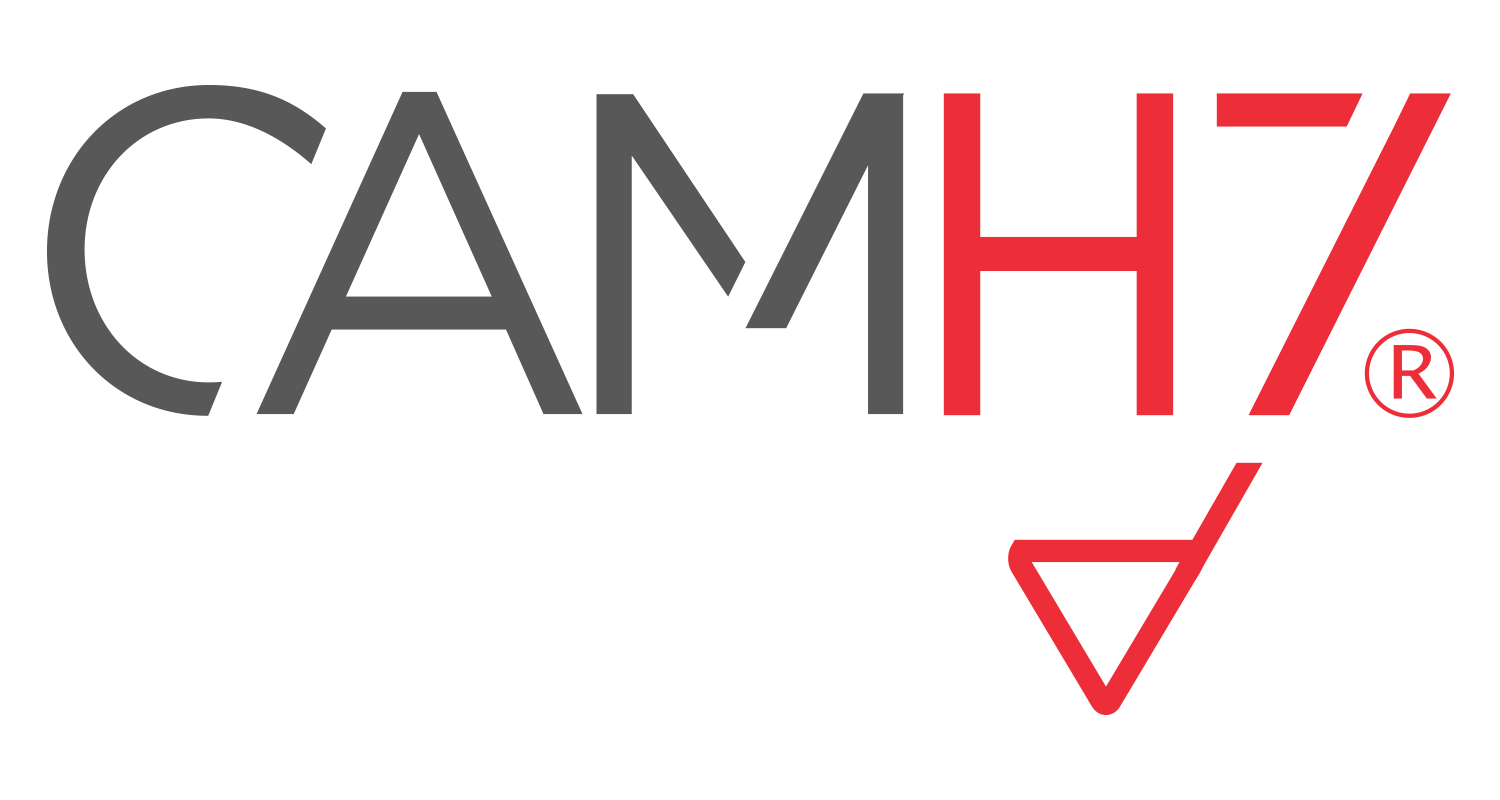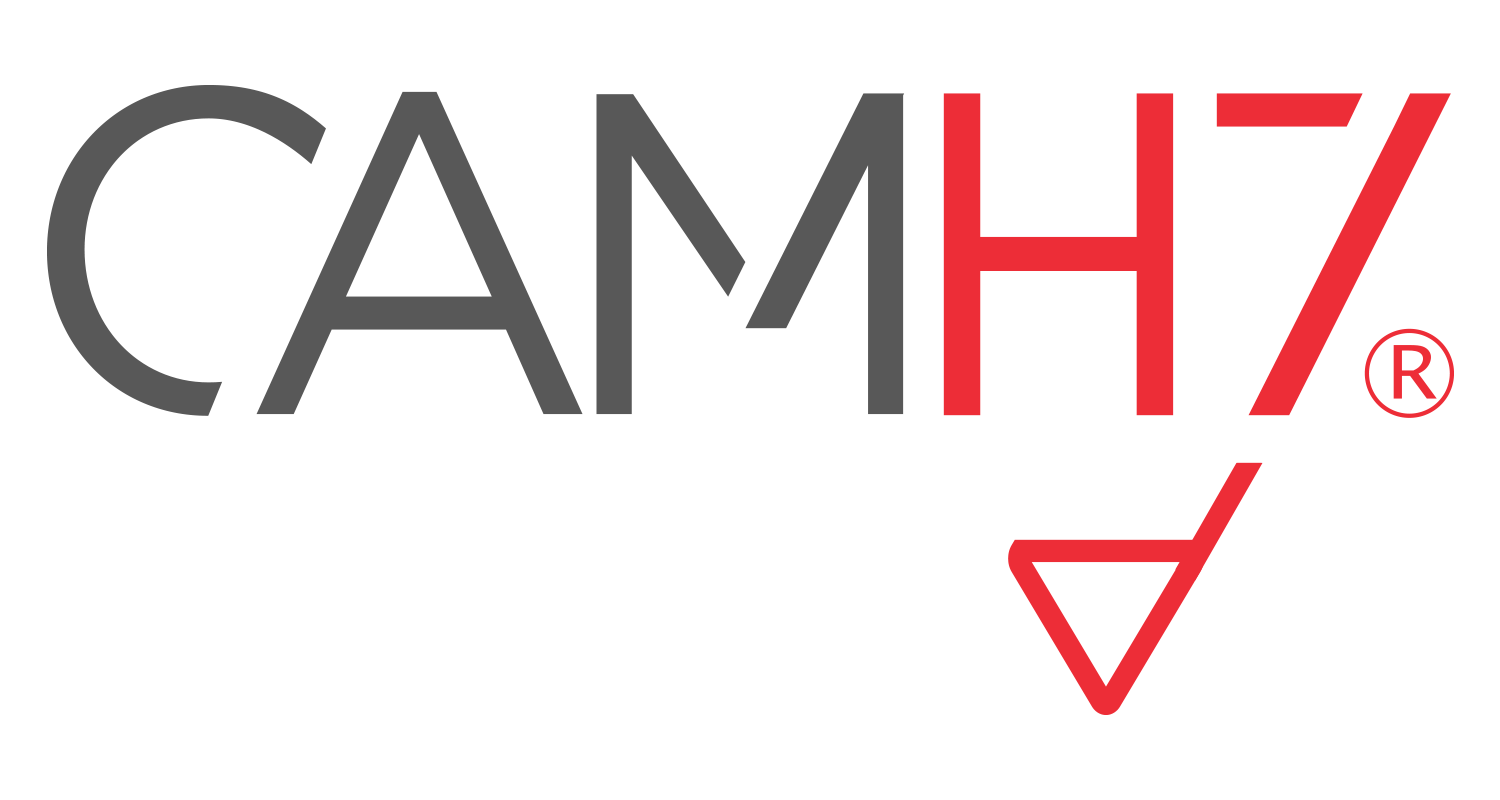Equity Accounting Method: What It Is, Plus Investor Influence
When one company holds a significant investment in another, usually 20% or more, the investor company must use the equity method of accounting to report that investment on its income statement. This is done because holding significant shares in a company gives an investor company some degree of influence over the company’s profit, performance, and decisions. As a result, any profit or loss from the investment is recorded as profit or loss to the company itself. Under the equity method of accounting, the investor company reports the revenue earned by the other company on its income statement. This amount is proportional to the percentage of its equity investment in the other company.
What Are the Problems With the Equity Accounting Method?
Here’s an overview of the two methods, and an example of when each could be applied. Consider an example where the investor has a 40% equity investment in a foreign entity, which has a book value of $4,600, and accounts for it based on the http://lemuriya.ru/shop/cms_faq.html. The investor has $400 (credit) as CTA/OCI and $200 (credit) in its retained earnings. The investor acquires the remaining 60% of the investee’s equity for $8,000.
Equity Accounting (Method): What It Is, Plus Investor Influence
The two red circles in the decision tree highlight scenarios in which the http://industrial-russian.ru/production-city/drevesinadelovaya/zheleznogorskilimskij.html of accounting would be applied. Some of the more challenging aspects of applying the equity method of accounting and accounting for joint ventures are discussed next. The investee company will record a profit or loss for the period in its own income statement. Under the equity method, an investing company will recognize it’s share of the investee company profit or loss for the period in its own income statement. The share it recognizes will be it’s percentage ownership in the investee company.
About the IFRS Foundation
New and unique investment structures often challenge those principles and push the profession to make critical judgments about their application in today’s financial reporting environment. Using Q&As and examples, KPMG provides interpretive guidance on equity method investment accounting issues in applying ASC 323. This November 2023 edition incorporates updated guidance and interpretations. On the other hand, when an investor does not exercise full control or have significant influence over the investee, they would need to record their investment using the cost method. In this situation, the investment is recorded on the balance sheet at its historical cost.
Sale of assets downstream transactions.
The https://carbets.com/sale/bmw-z3-28-auto-with-full-bmw-service-history-and-low-mileage-162304/uk acknowledges the substantive economic relationship between two entities. The investor records their share of the investee’s earnings as revenue from investment on the income statement. For example, if a firm owns 25% of a company with a $1 million net income, the firm reports earnings from its investment of $250,000 under the equity method.
In Year 1, Parent Co. owns no stake in Sub Co., and at the end of Year 2, it acquires a 30% stake in Sub Co., when Sub Co.’s Market Cap is $100 million. You subtract this “Equity Investments” line item when calculating Enterprise Value because it counts as a non-core-business asset. Once you have viewed this piece of content, to ensure you can access the content most relevant to you, please confirm your territory.
Changes “to and from” the Equity Method of Accounting
- Refer to Appendix C of the publication for a summary of important changes.
- The Equity Investments line acts as a “mini-Shareholders’ Equity” for the minority stake.
- You should use the equity accounting method if the reporting entity has a significant, but not controlling, interest in another company.
- The cost and equity methods of accounting are used by companies to account for investments they make in other companies.
- The equity method is an accounting technique for reporting financials when one company invests in another.
Any profit or loss recognized by the investing entity appears in its income statement. Also, any recognized profit increases the investment recorded by the investing entity, while a recognized loss decreases the investment. At the end of Year One, the investment in Little account appearing on Big’s balance sheet reports $968,000 ($900,000 + 80,000 – 12,000). This total does not reflect fair value as with investments in trading securities and available-for-sale securities.
ASC 323 requires that investors and investees engage in these activities as arm’s length transactions. If the investee is not timely in forwarding its financial results to the investor, then the investor can calculate its share of the investee’s income from the most recent financial information it obtains. If there is a time lag in receiving this information, then the investor should use the same time lag in reporting investee results in the future, in order to be consistent. Entity A holds a 20% interest in Entity B and accounts for it using the equity method. In the year 20X0, Entity B sold an item of inventory to Entity A for $1m, which was carried at a cost of $0.7m in B’s books. During the year 20X1, Entity A sold this inventory to its client for $1.5 million.
These materials were downloaded from PwC’s Viewpoint (viewpoint.pwc.com) under license. © 2024 KPMG LLP, a Delaware limited liability partnership and a member firm of the KPMG global organization of independent member firms affiliated with KPMG International Limited, a private English company limited by guarantee. The information contained herein is not intended to be “written advice concerning one or more Federal tax matters” subject to the requirements of section 10.37(a)(2) of Treasury Department Circular 230.


